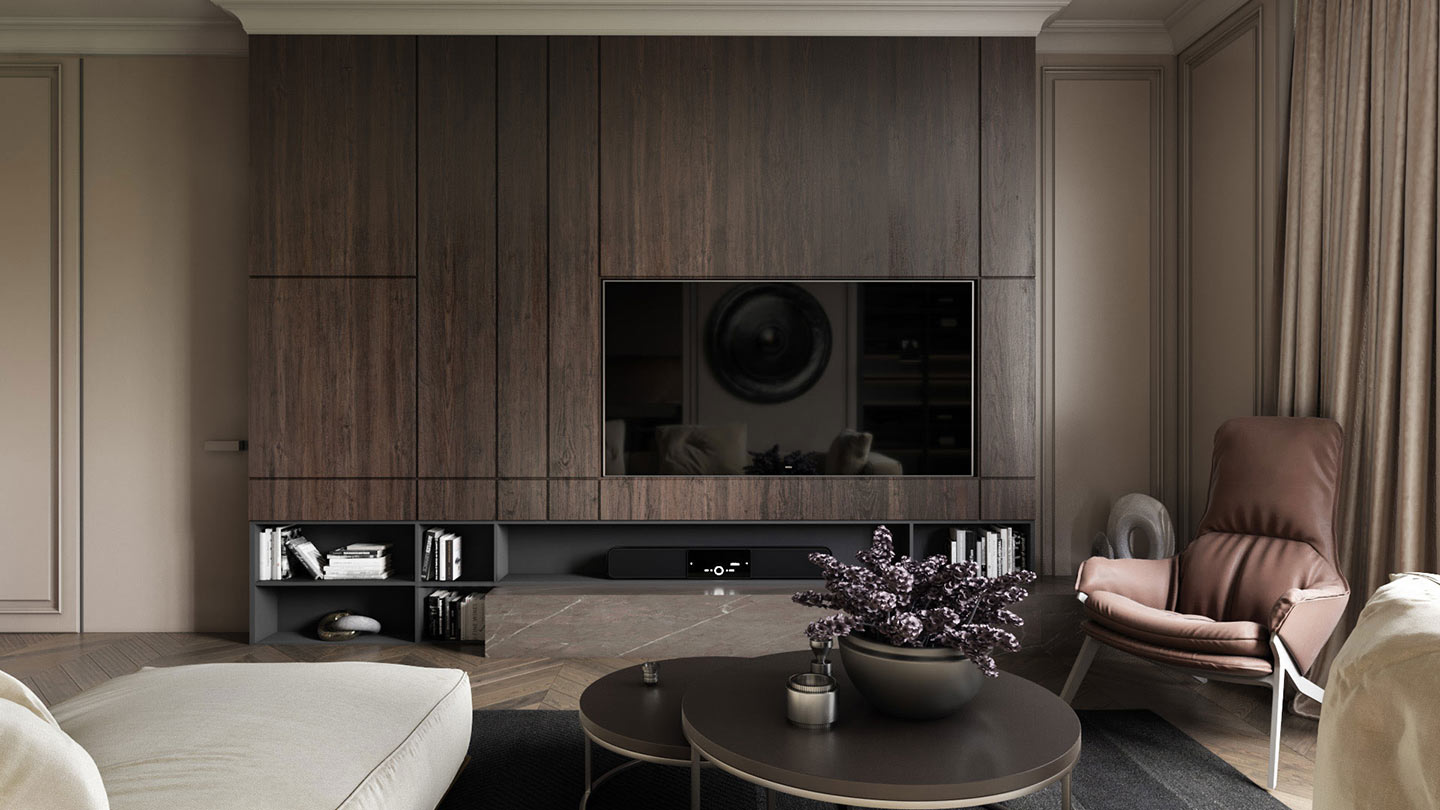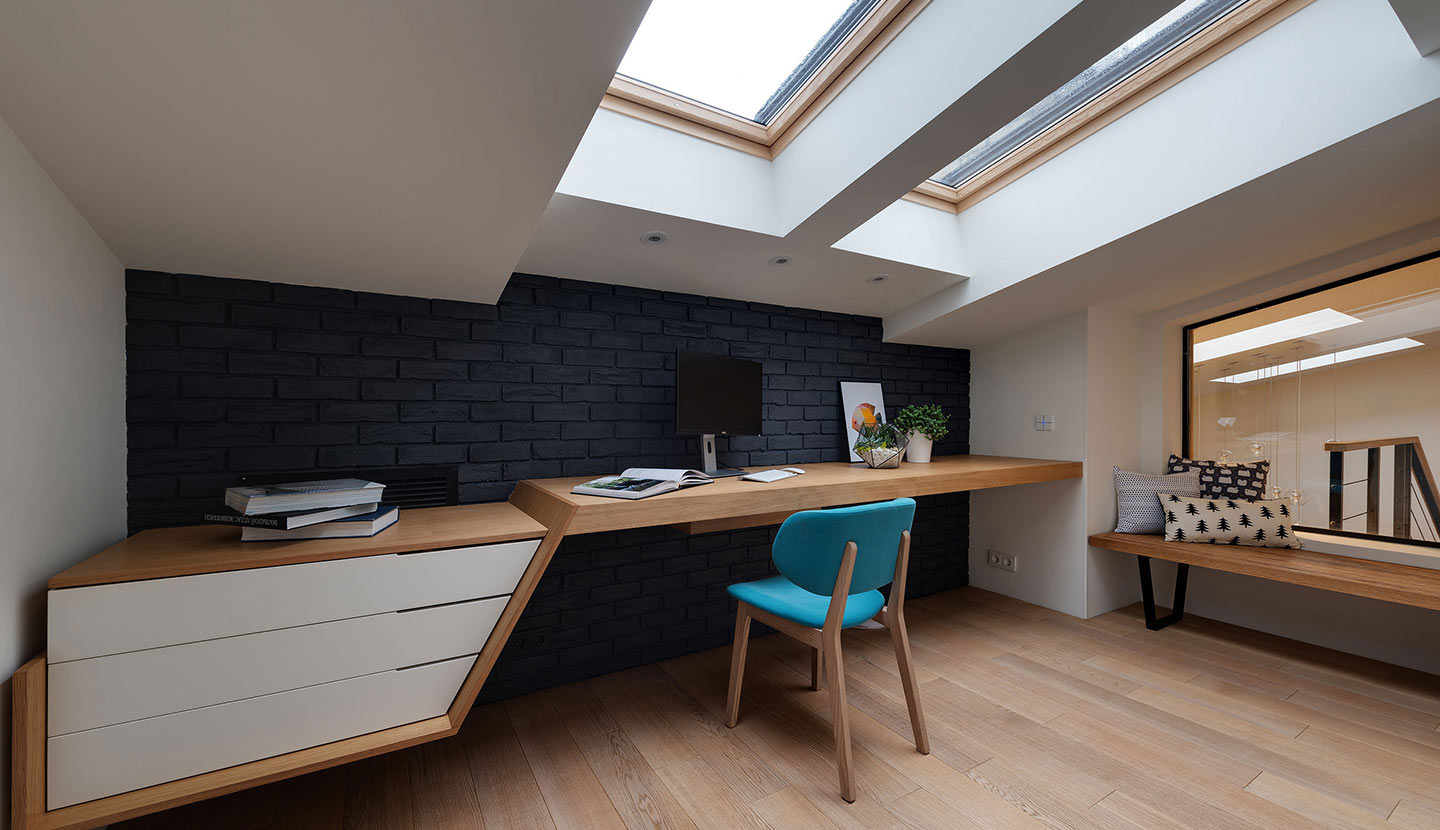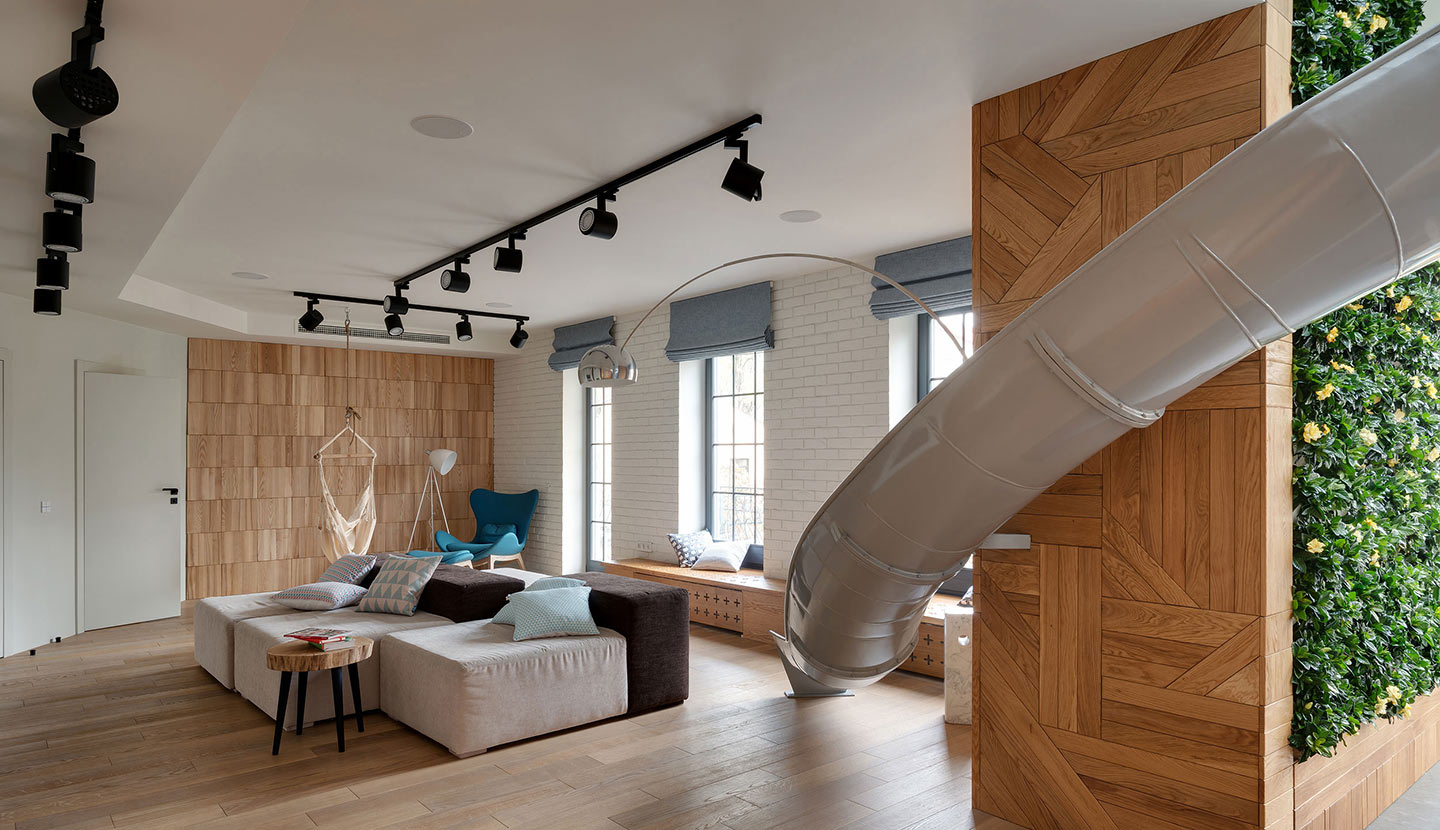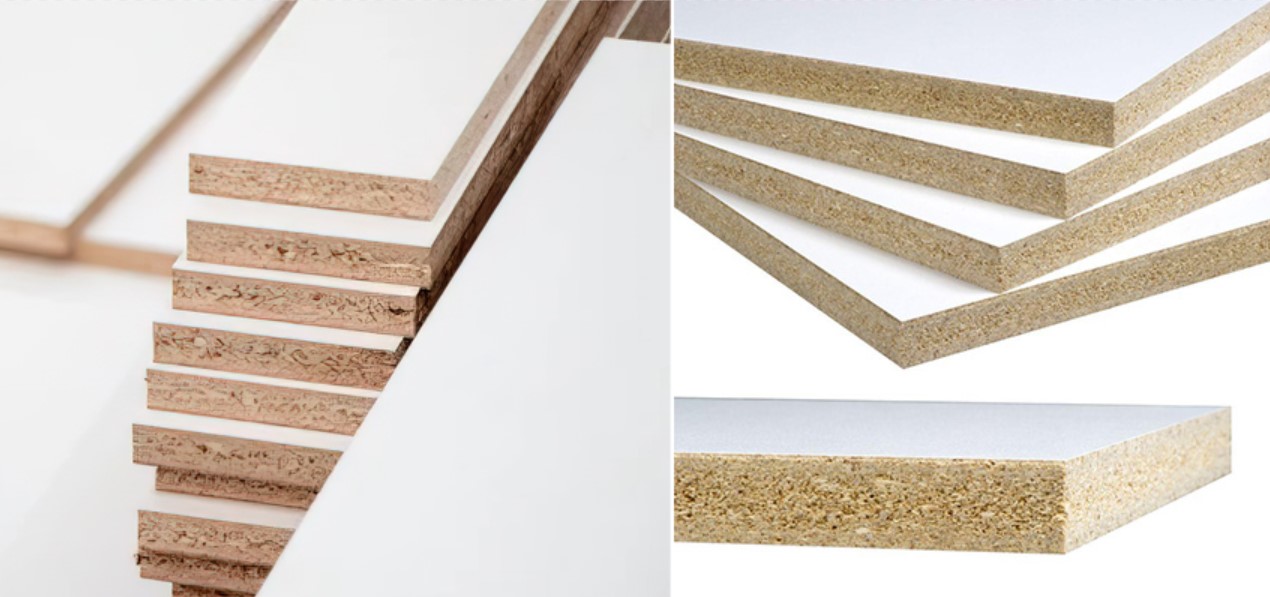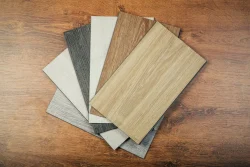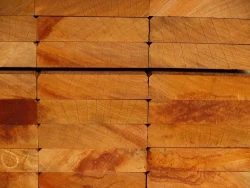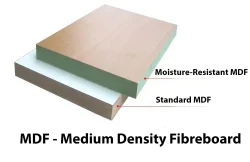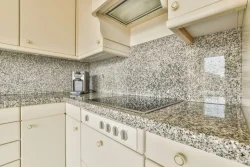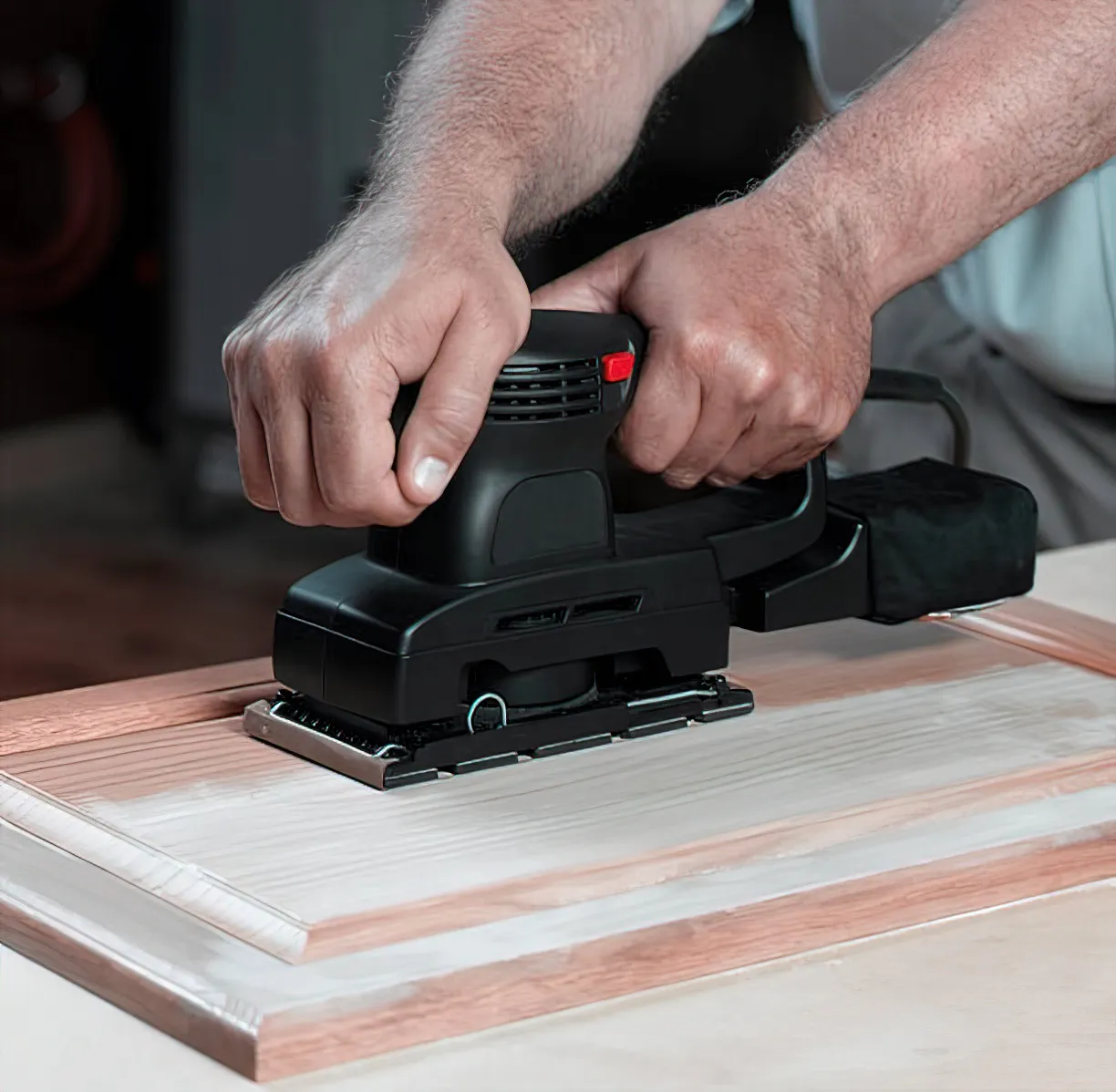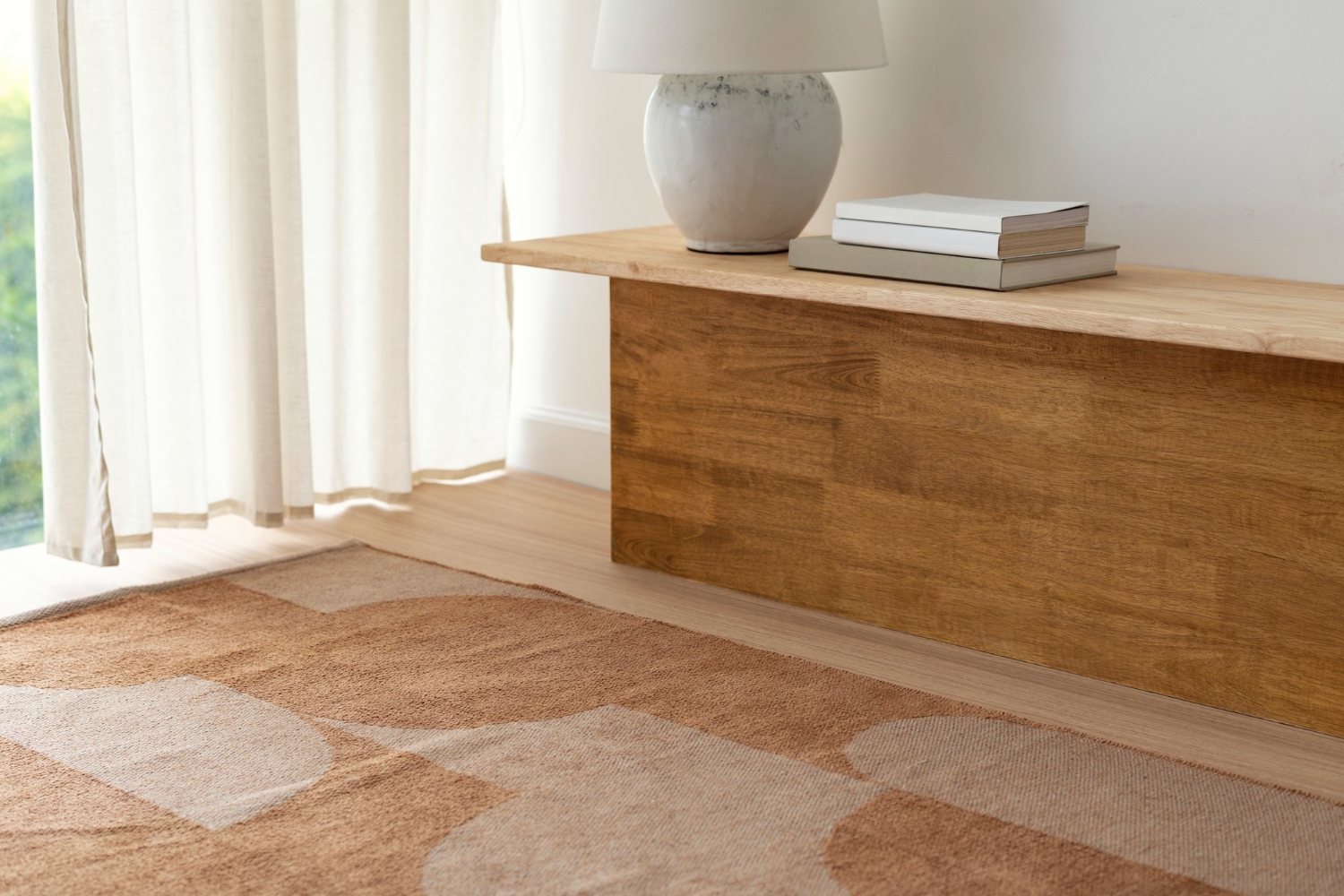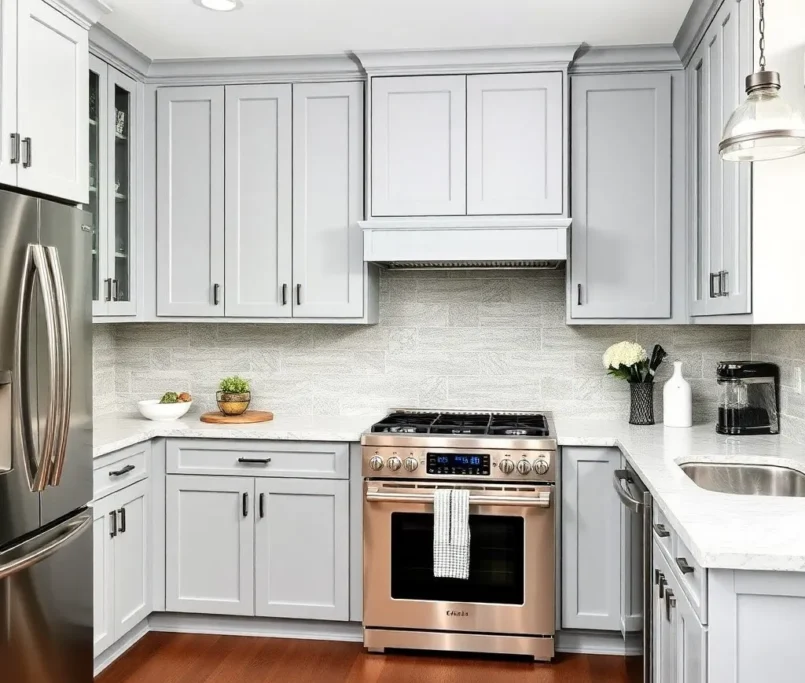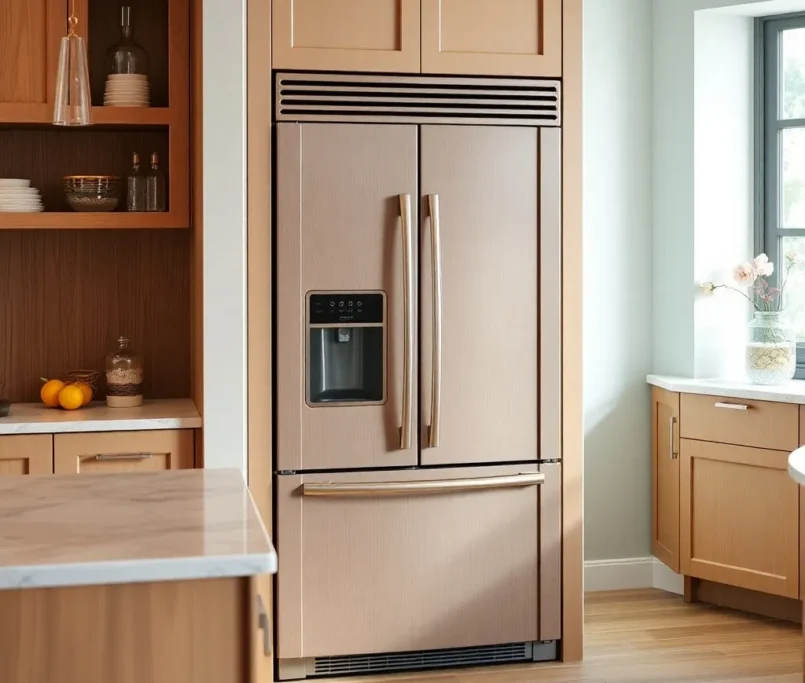You may be wondering if it’s possible to re-laminate over your existing laminated cabinets to give them a fresh new look. YES! The good news is that it is indeed possible, but there are some important considerations to keep in mind before you embark on this project. While re-laminating can revitalize the appearance of your cabinets, it can also be a time-consuming and challenging task.
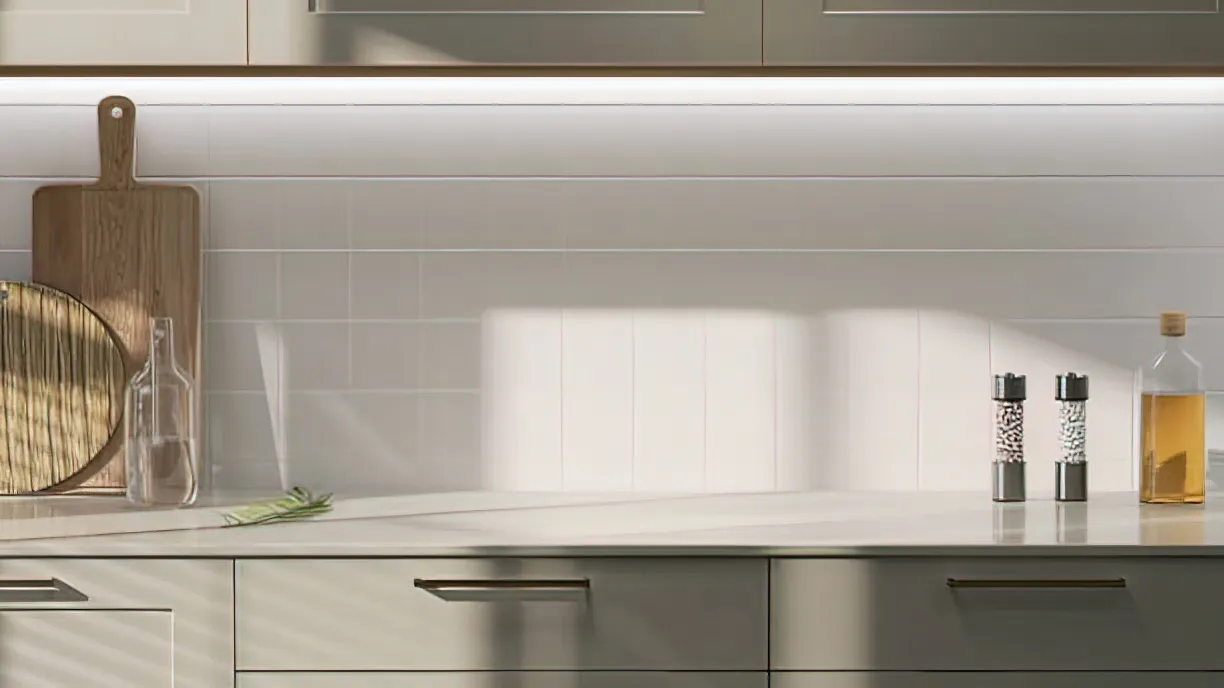
In addition, improper technique or the use of ineffective materials can result in a subpar finish, or even permanent damage to your cabinets. In this blog post, we will discuss the steps involved in re-laminating your cabinets, as well as the potential risks and rewards associated with this project. By the end, you’ll have a better understanding of whether re-laminating is the right choice for your cabinets.
How Does Laminate Refacing Work?
You may restore the appearance of laminate surfaces by refacing your cabinets. In the first step, you need to Remove the previous surface, wash and degrease the substrate, apply adhesives, and finally laminate on a new surface are all steps in the process. The first step is to sand off the original laminate surface’s top layer, revealing the color underlying.
=> Related Service: Custom Kitchen Cabinets Refacing Service California
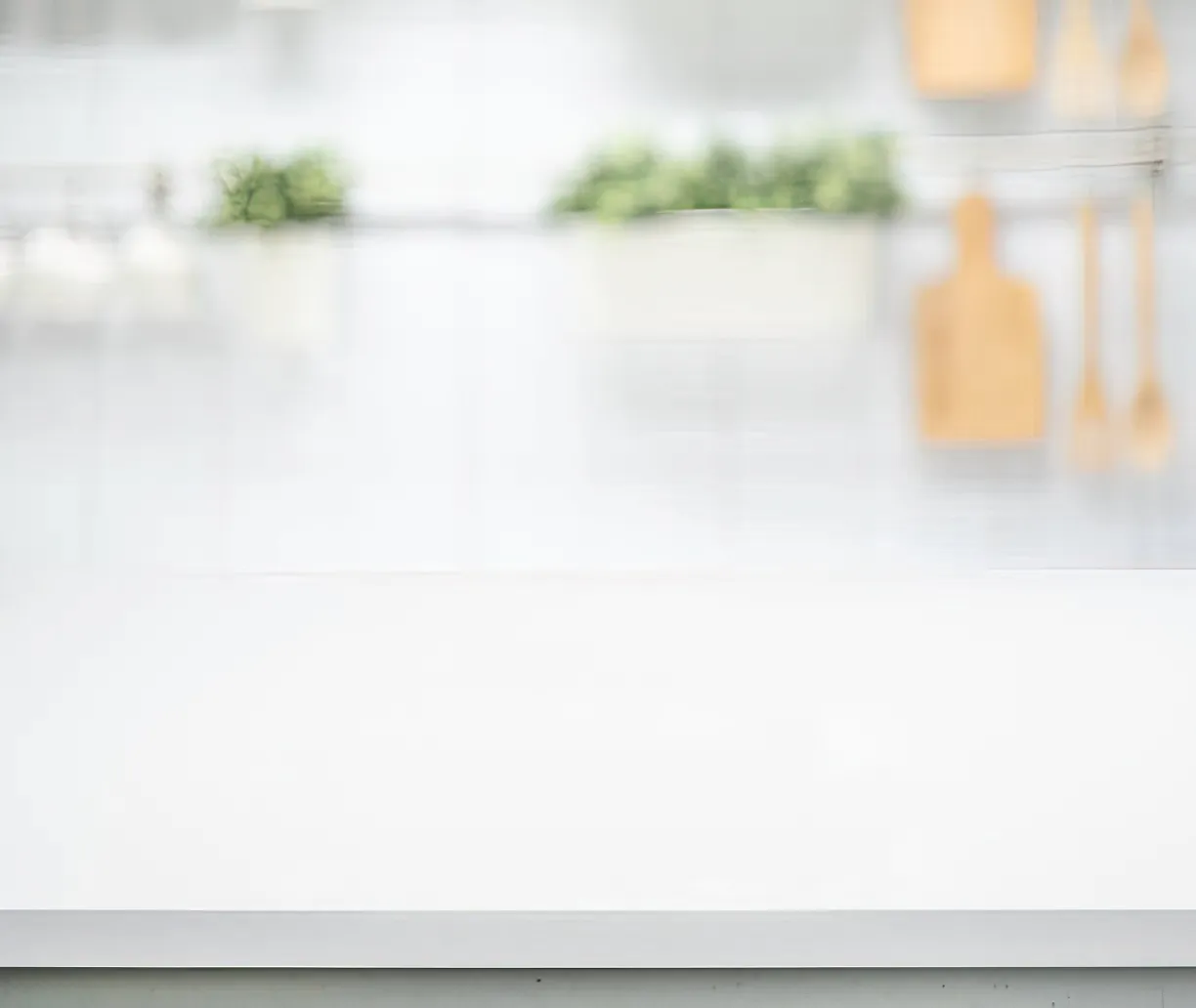
The next step involves applying a fresh layer of laminate and then using adhesive to secure it to the previously laid surface. Lastly, the cabinet doors are given a more refined appearance by using ABS edging to smooth off their edges. Any type of property, from homes to businesses, can benefit from this laminate resurfacing technique.
=> Related Article: Thermofoil, Laminate, Melamine Cabinets

Prepare Before Re-Lamination
Your first step in resurfacing laminate cabinets in your existing cabinet is to assess the condition of the current laminate and identify the type of laminate used. This important pre-re-lamination assessment will help you determine the feasibility and potential challenges of re-laminating over existing laminates. By following a structured assessment process, you can make an informed decision and ensure a successful re-lamination project.
=> Read more: Melamine Cabinets – Pros and Cons to Consider
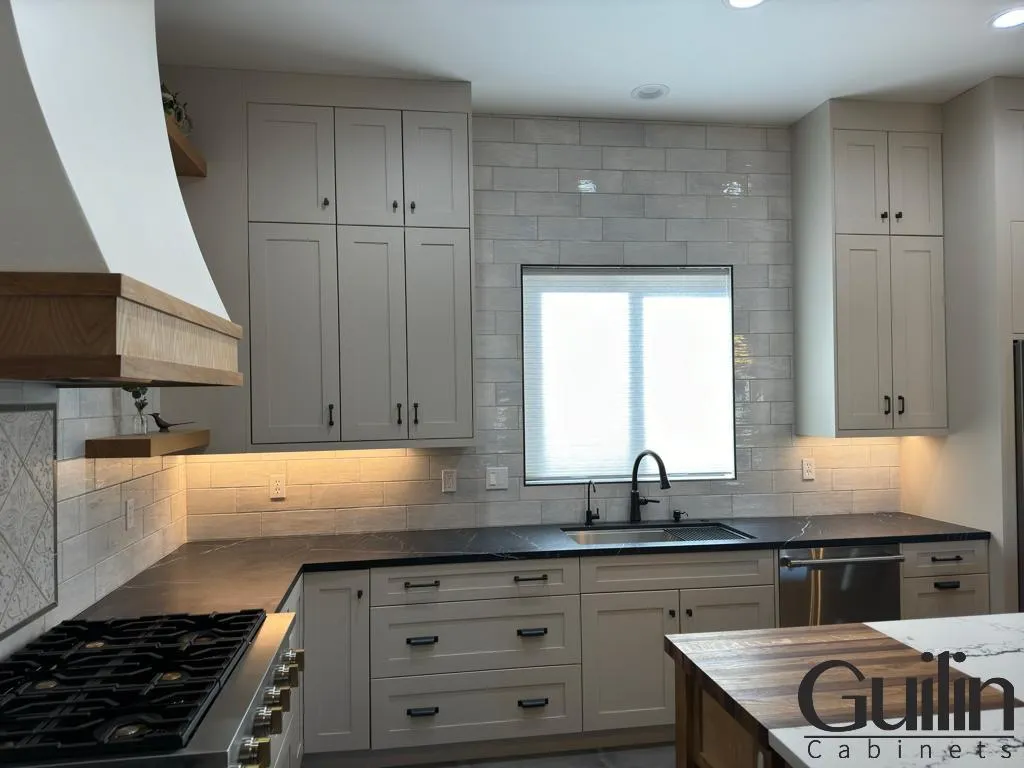
Start by examining the existing laminate on your cabinet. Look for any signs of peeling, chipping, or bubbling. Assess the overall integrity of the laminate to determine if it is suitable for re-lamination. Inspect the edges and corners for any damage or delamination. Additionally, check for any water damage or mold growth that could compromise the adhesion of the new laminate. If the existing laminate is in poor condition, it may need to be removed before re-laminating.
Types of Laminates:
| Laminate Type | Preparation and Adhesion |
|---|---|
| High-Pressure Laminate (HPL) | Durable and resistant to heat and moisture. Requires proper surface cleaning and use of solvent-based adhesives for re-lamination. |
| Thermoplastic Laminate (PVC) | Flexible and easy to work with. Requires proper surface roughening and use of heat-activated adhesives for re-lamination. |
| Melamine Laminate | Resistant to stains and easy to clean. Requires proper surface degreasing and use of contact cement for re-lamination. |
=> Read More: What Different Between: Thermofoil, Laminate, Melamine Cabinets
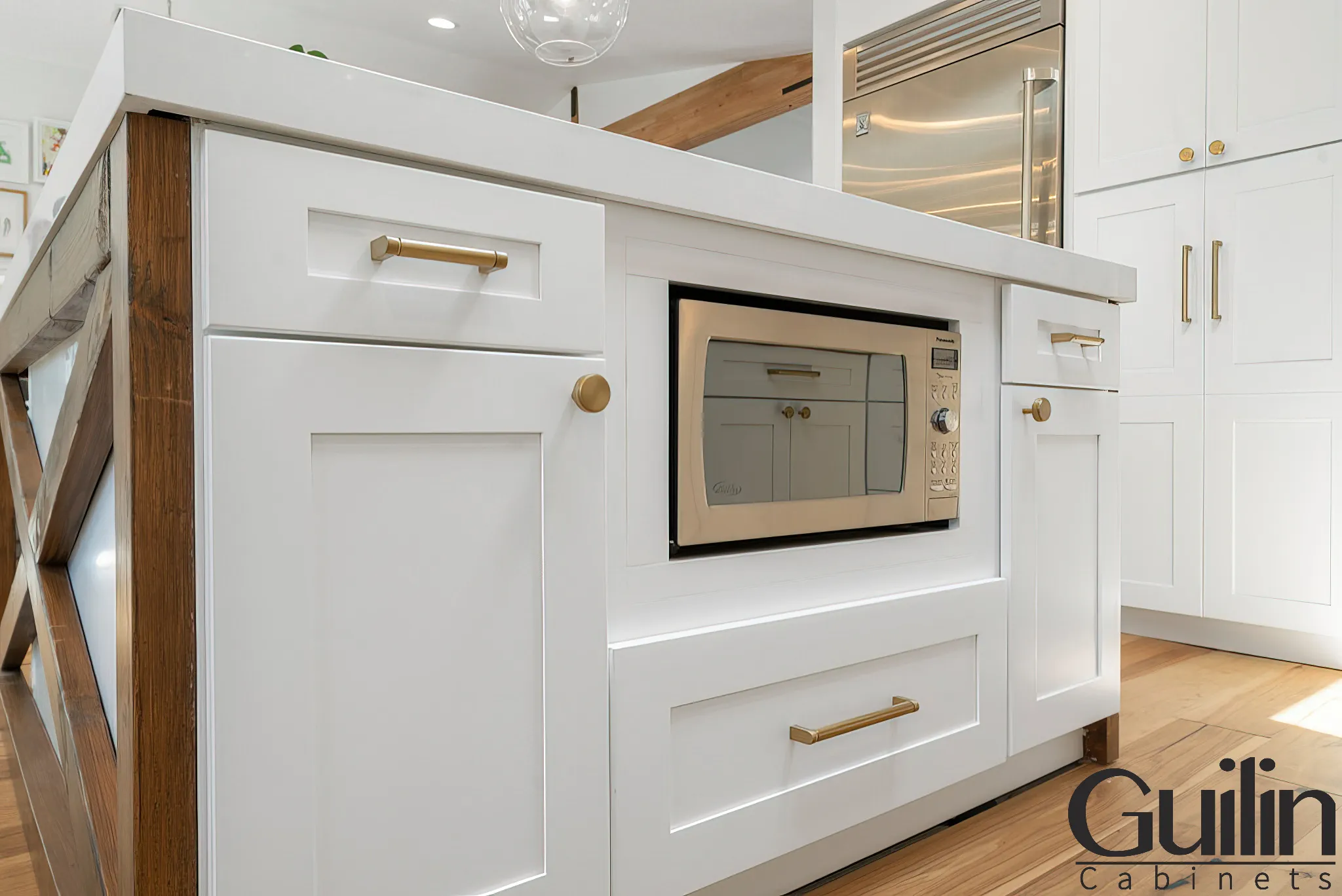
Even though refacing laminate sounds like a straightforward process, you should probably call a local pro refacing cabinet to see if your current cabinets can be re-laminate. The feasibility of laminate resurfacing is heavily dependent on the state of the substrate, often known as plywood, of your current furniture.
Maintenance and Care of Laminated Cabinets
After you re-laminate your old cabinets, you must know how to keep the laminate in good condition so that it lasts a long time. With regular cleaning and oiling, the cabinets will retain their pristine appearance and extend their useful life.
=> Read More: How to Clean & Care for Your Kitchen Cabinetry
Regular Cleaning for Longevity
Consistent cleaning is essential for the longevity of your re-laminated cabinets. Use a gentle, nonabrasive cleanser and a soft towel to wipe down the cabinets. You can ruin your brand-new laminate flooring by cleaning it with abrasive sponges or strong chemical cleaners. Also, keep in mind that too much moisture can eventually peel and distort the laminate. Using hot pads and cutting boards to shield surfaces from heat and sharp items can help keep surfaces in pristine condition and free of dents and scratches. The durability of your re-laminated cabinets might be enhanced if you adhere to these recommended procedures.
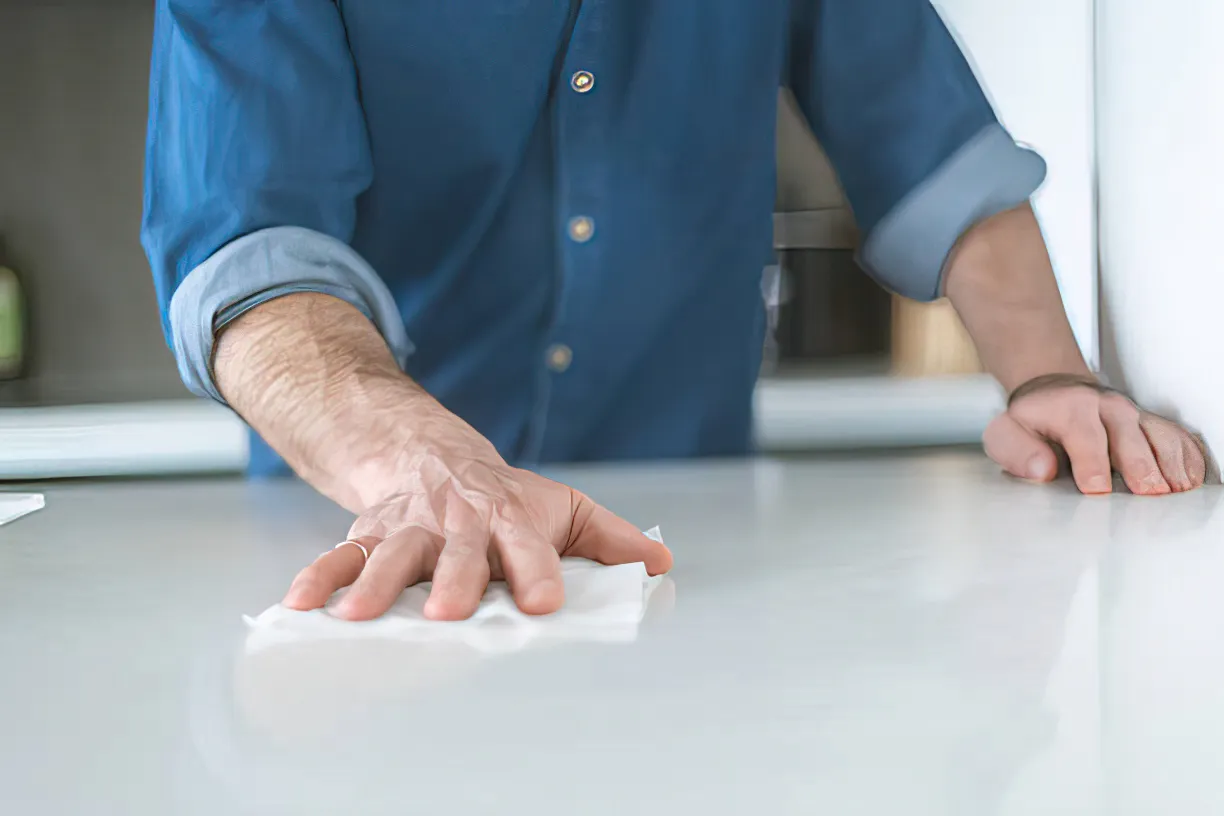
Avoiding Using Abrasive Cleaners
After re-laminating your cabinets, it’s important to be aware of common damages that can occur if proper care is not taken. One of the most common mistakes is using abrasive cleaners or scrubbing pads, which can cause scratches and wear down the new laminate. Another common issue is neglecting to wipe up spills and splatters on time, which can lead to staining and damage to the laminate. Additionally, exposing the cabinets to extreme temperatures and direct sunlight can cause the laminate to fade and deteriorate. By avoiding these common pitfalls, you can preserve the quality of your re-laminated cabinets for the long term.
=> Read more: Laminate Countertop: Clean, Maintain, Remove Stains

Preventing Damages and Wear
Routine care and maintenance are essential to preventing damage and wear on your re-laminated cabinets. Avoid placing hot pots or pans directly on the laminate surfaces, as prolonged heat exposure can cause damage. Additionally, use caution when handling sharp or abrasive objects near the cabinets to prevent scratches or cuts. By taking these preventive measures, you can ensure that your re-laminated cabinets retain their pristine appearance for years to come.
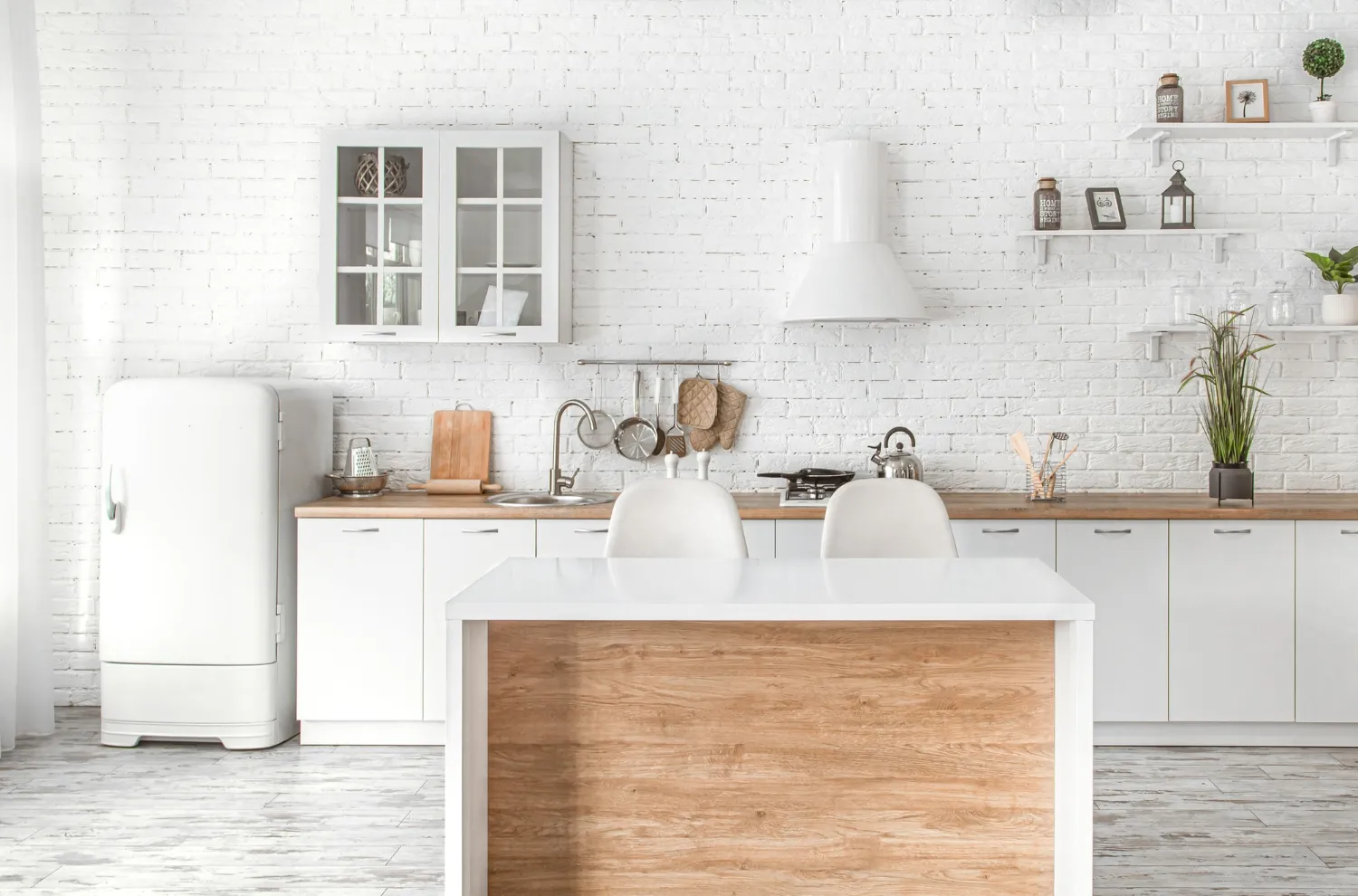
Cleaning your re-laminated cabinets regularly with a mild detergent and water solution, avoiding abrasive cleaners, and taking measures to prevent damage and wear are all essential steps in maintaining the beauty and functionality of your cabinets.




